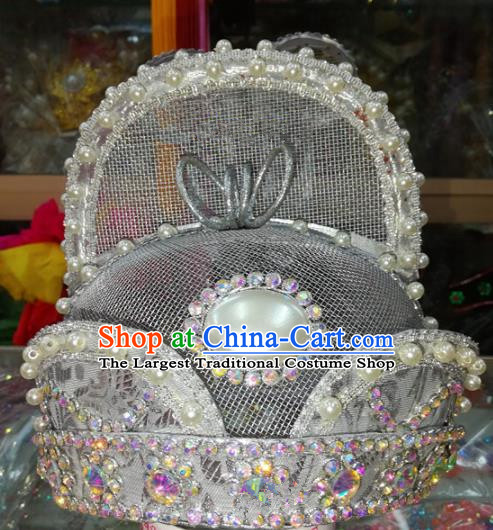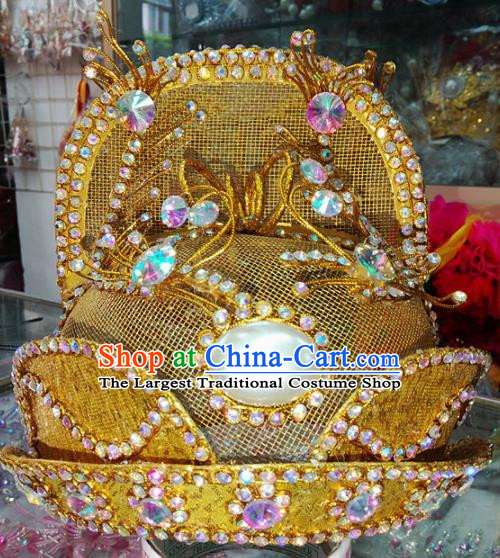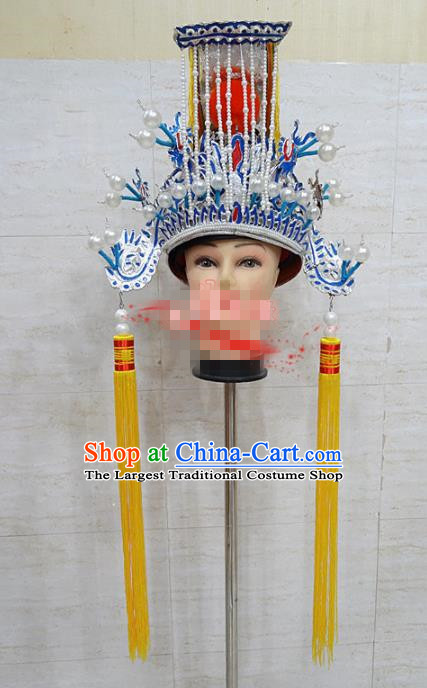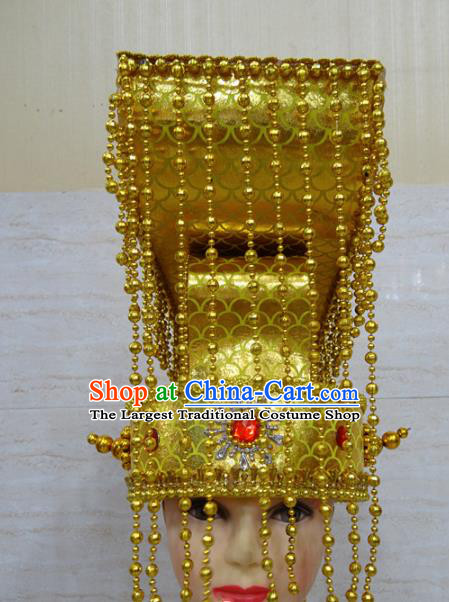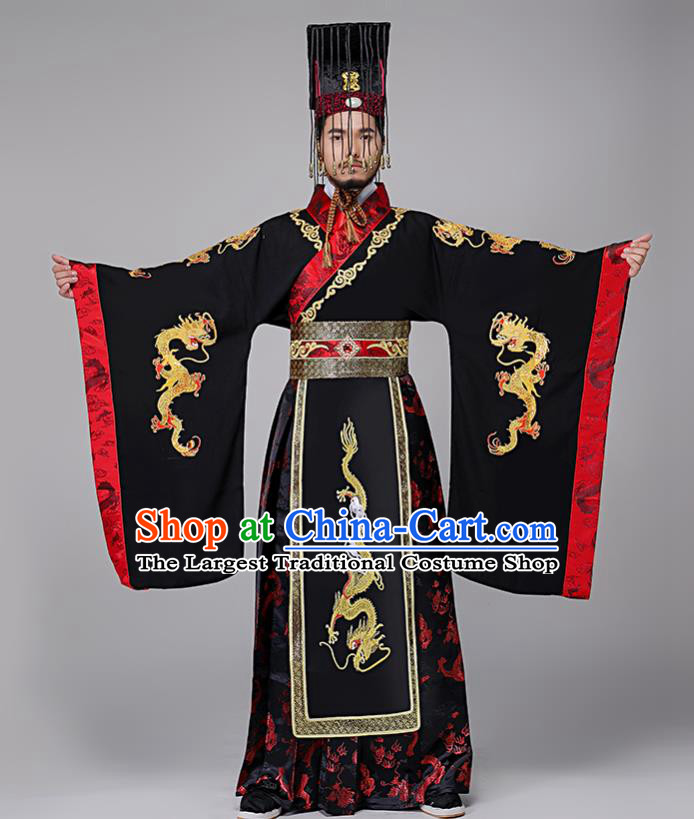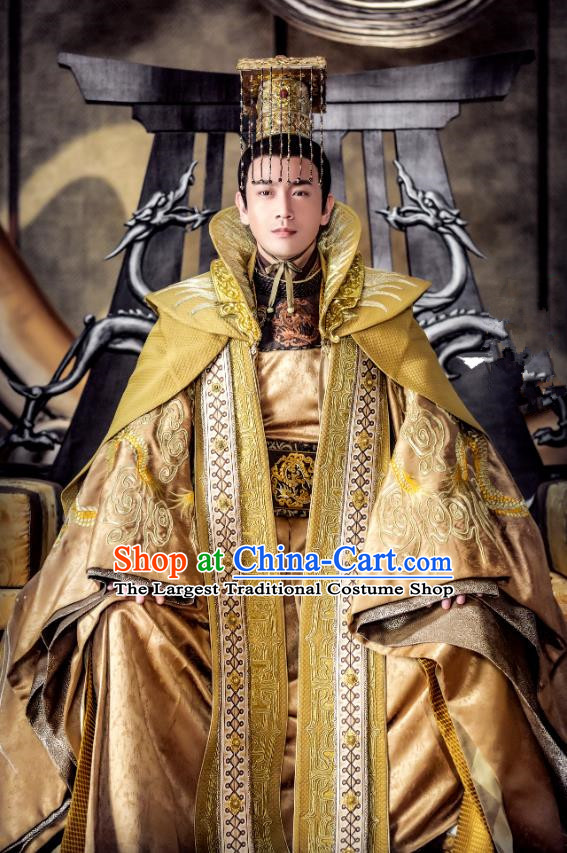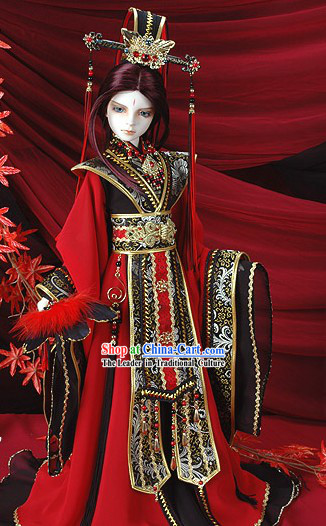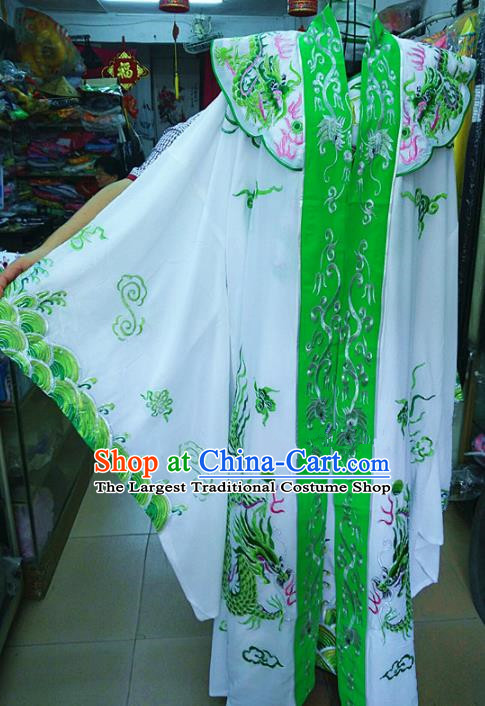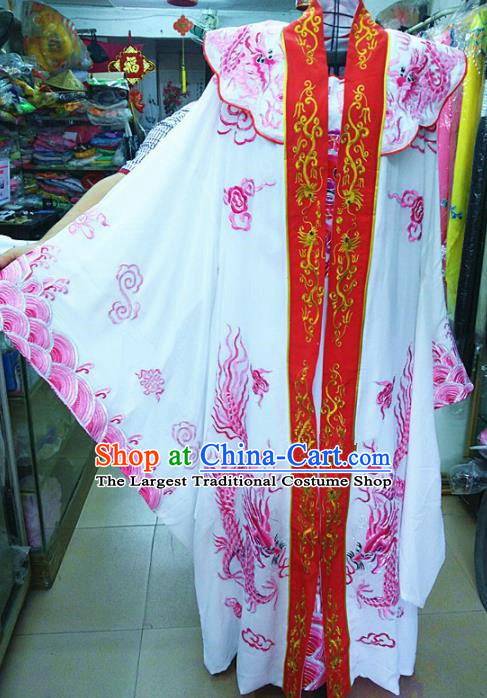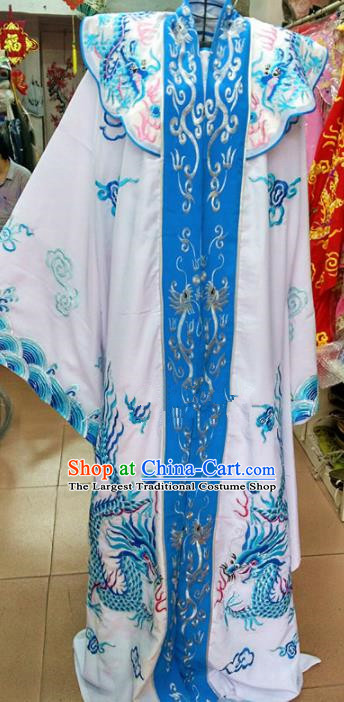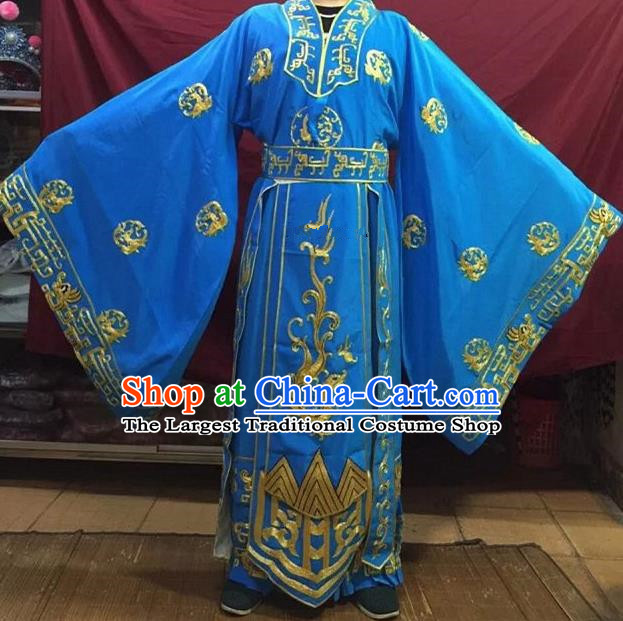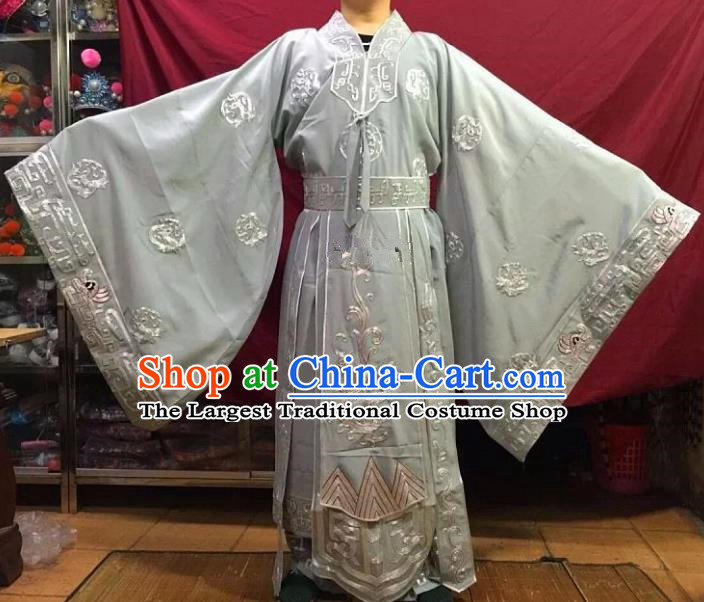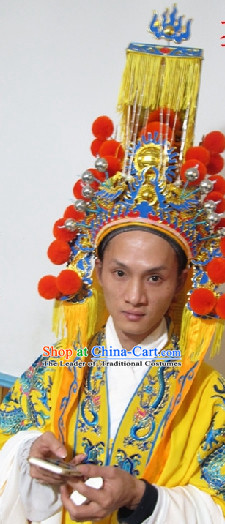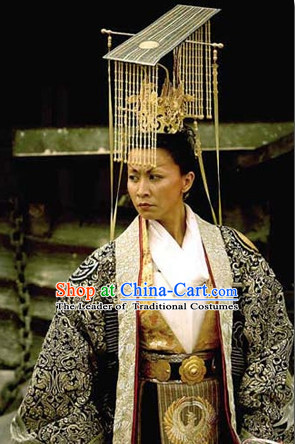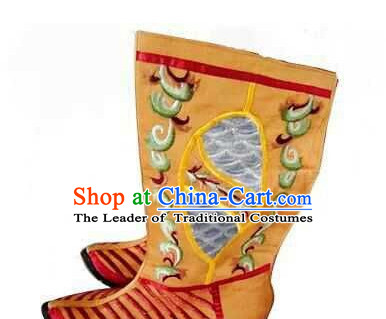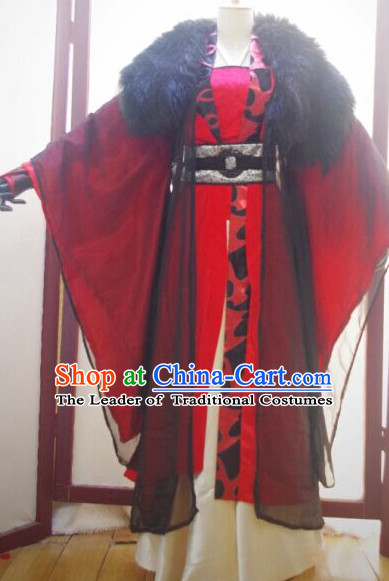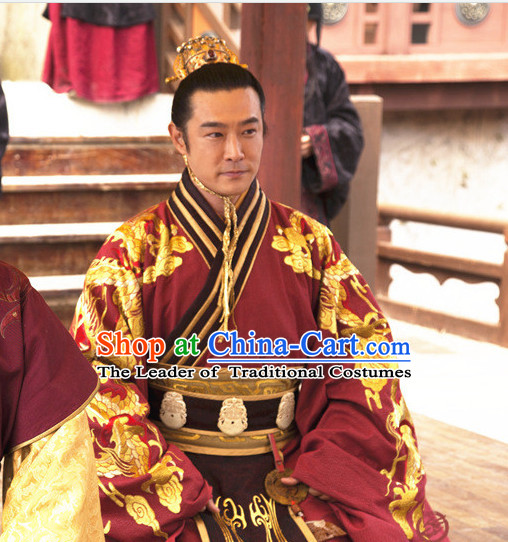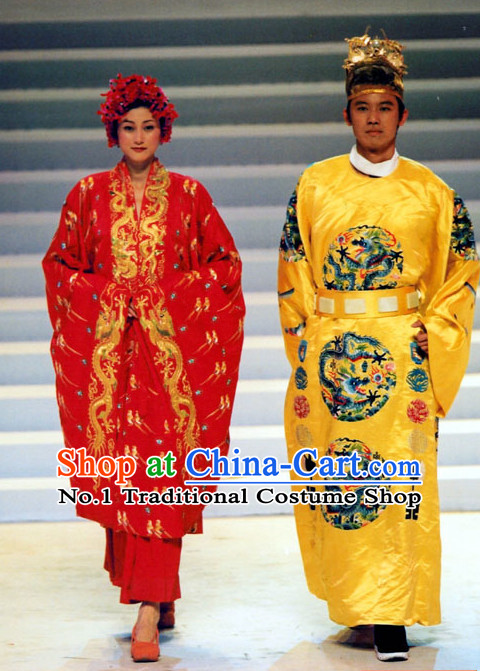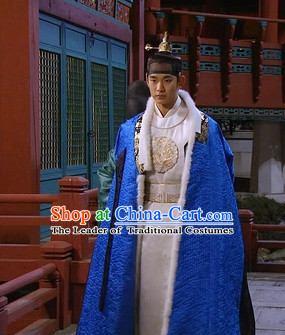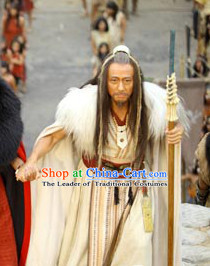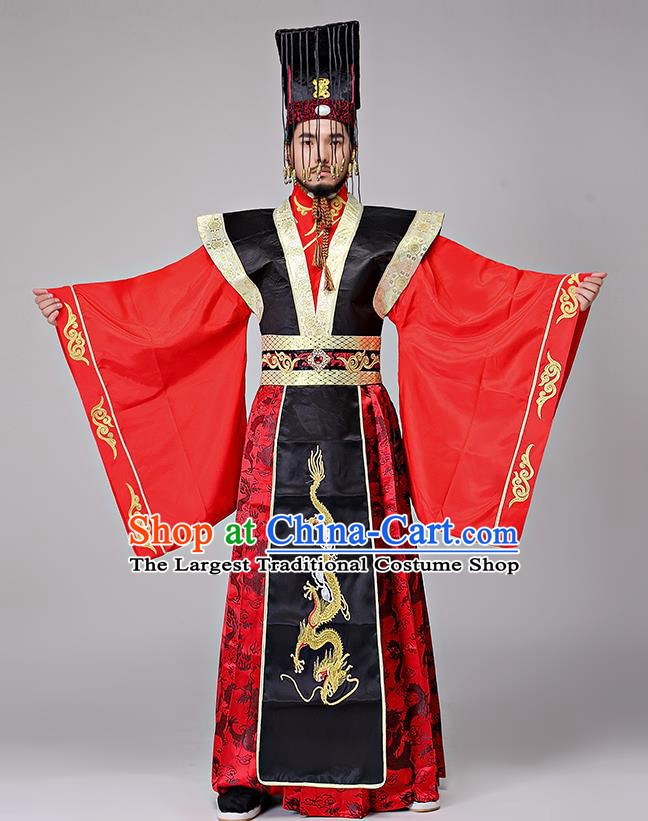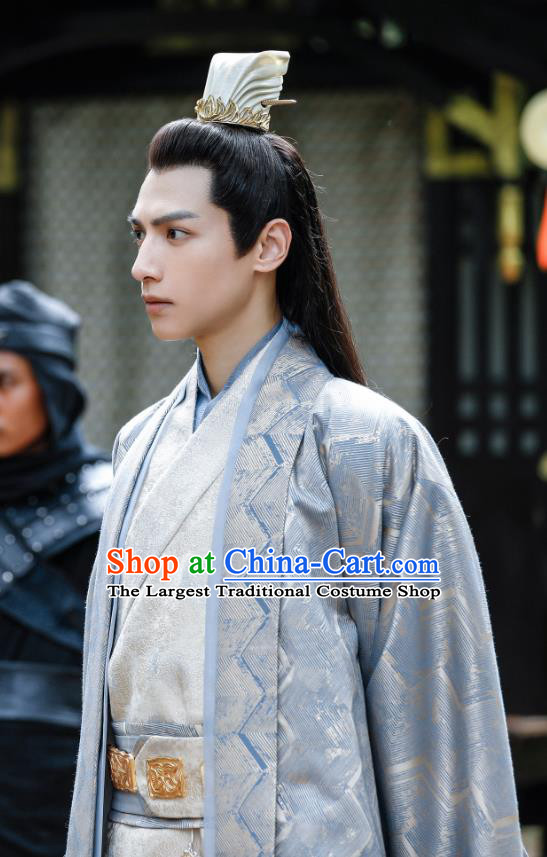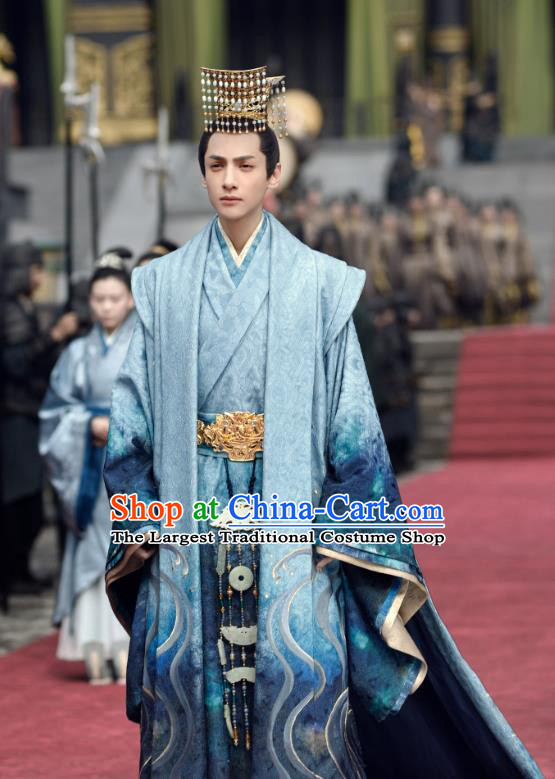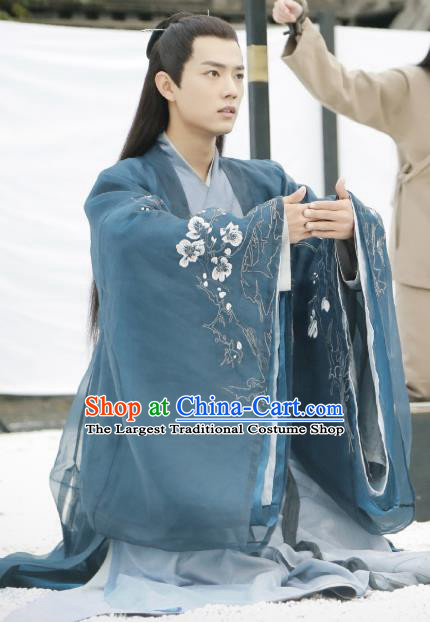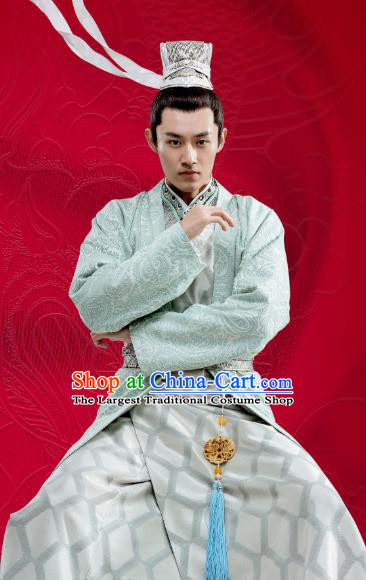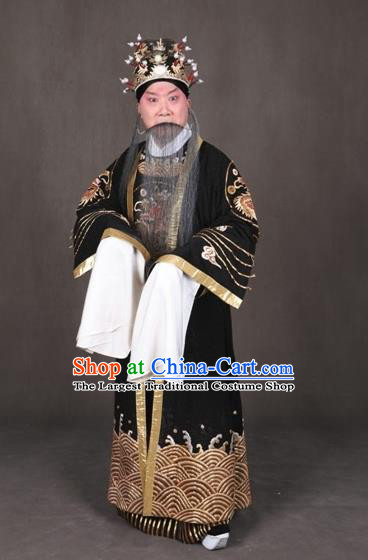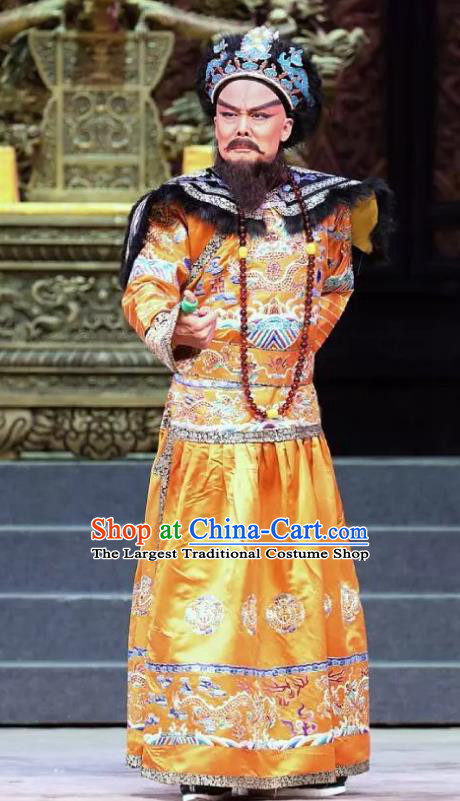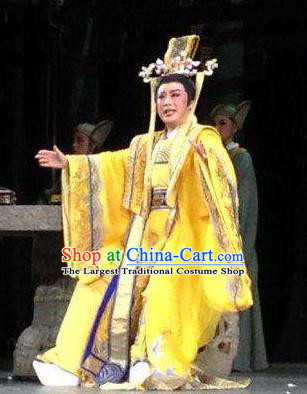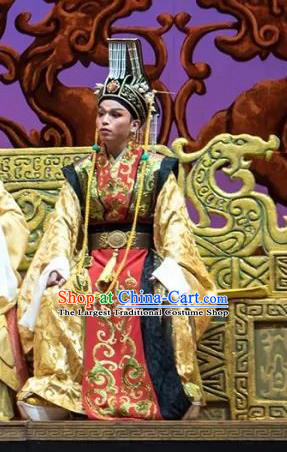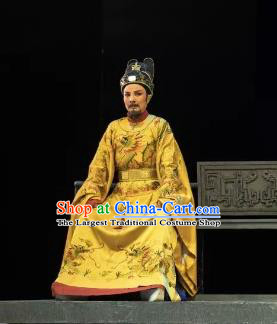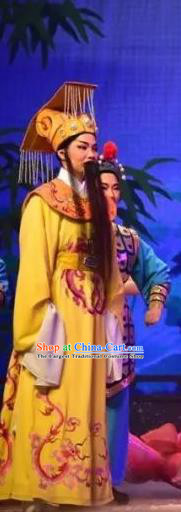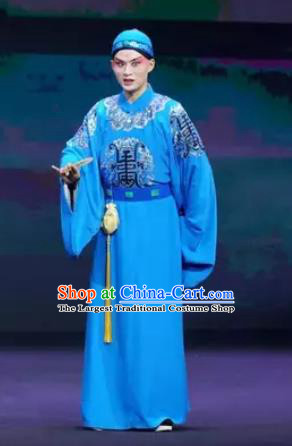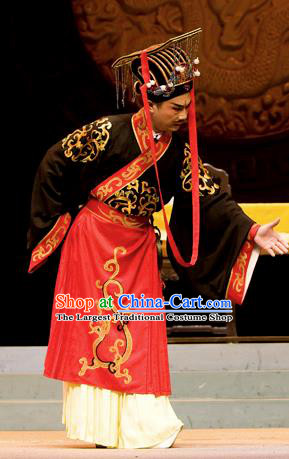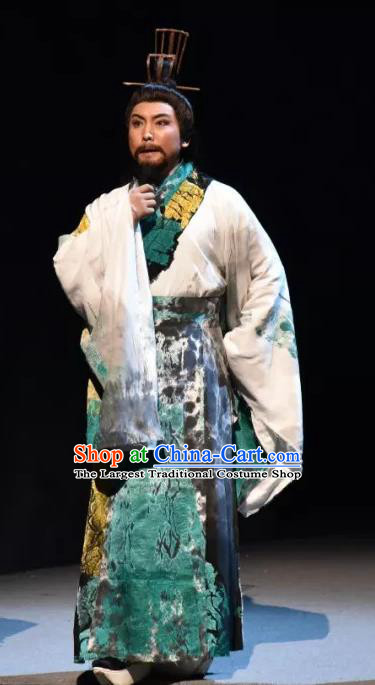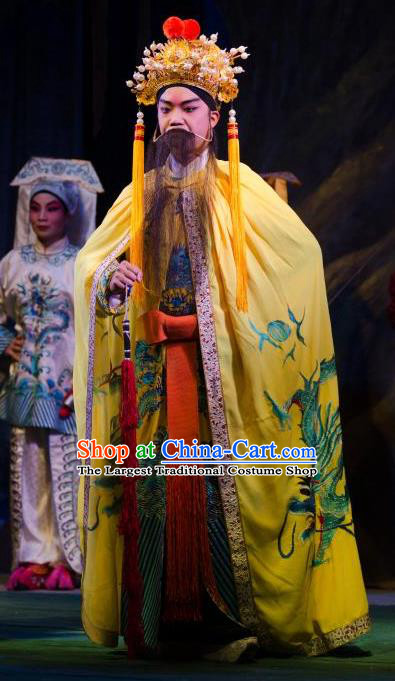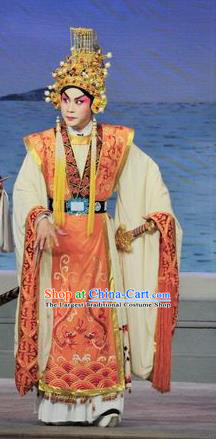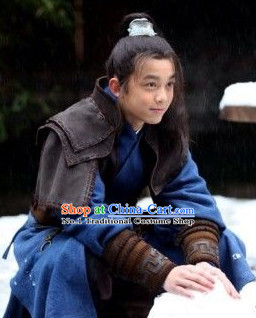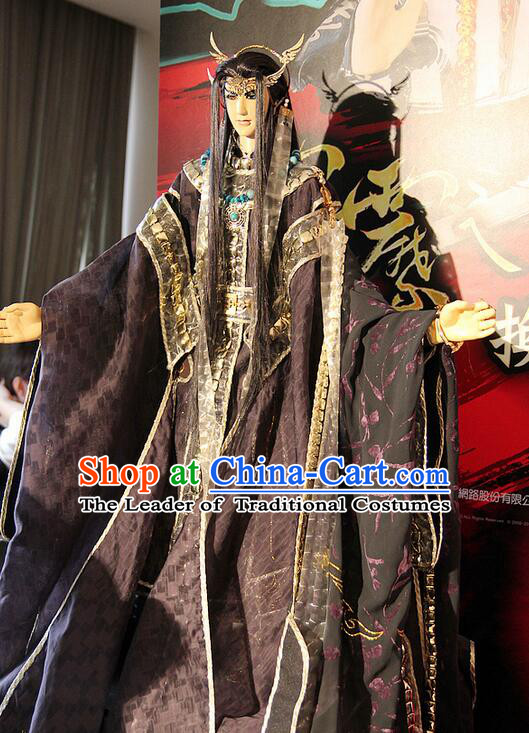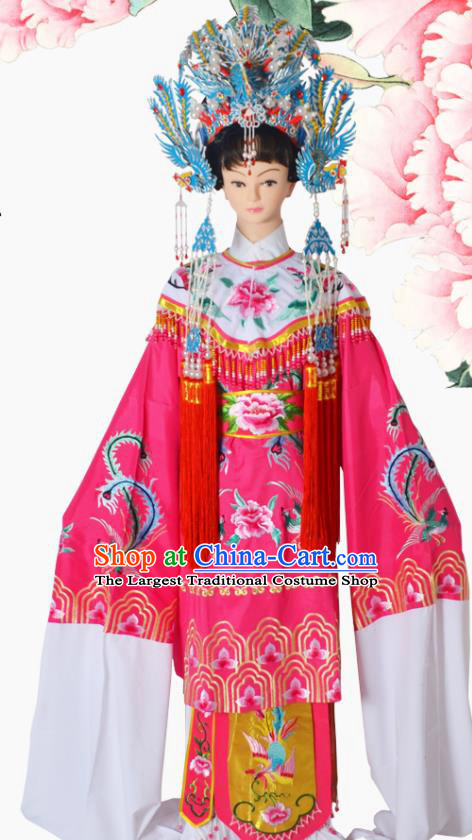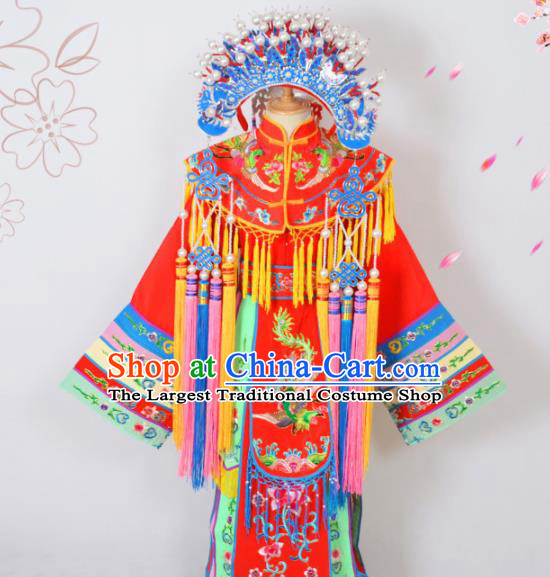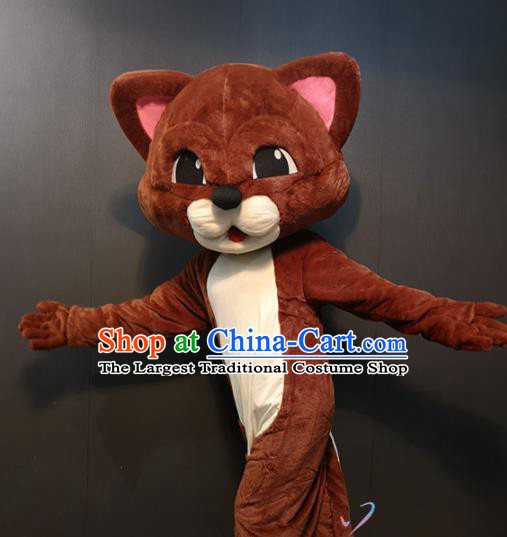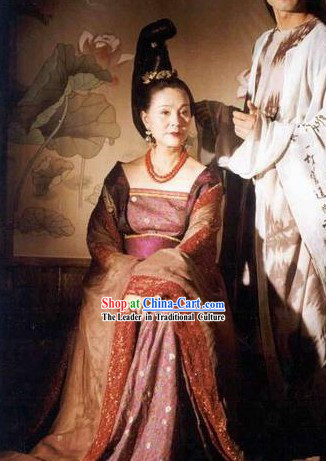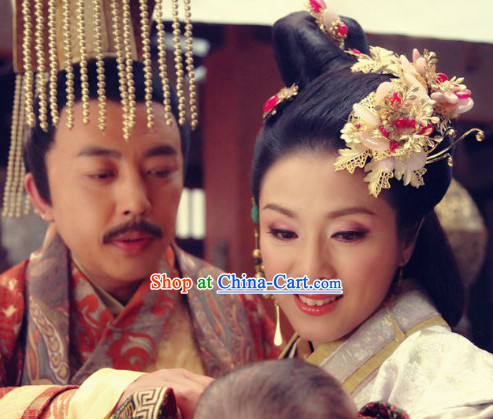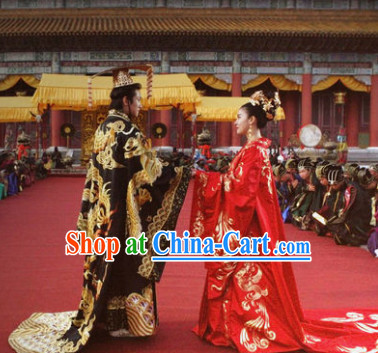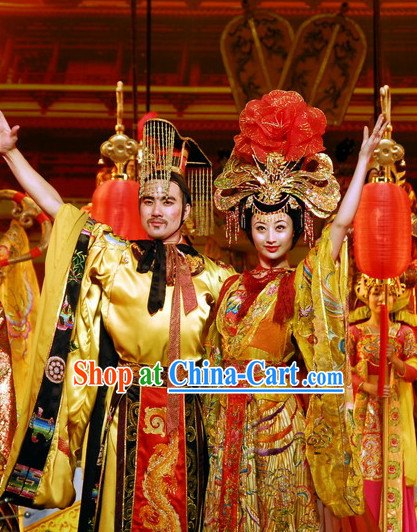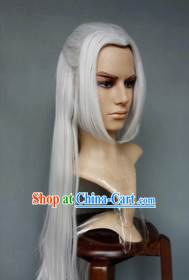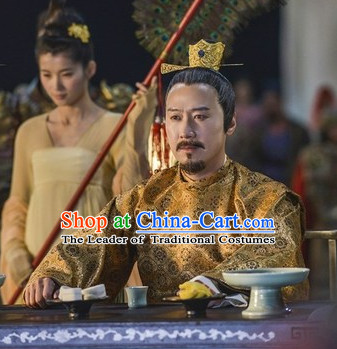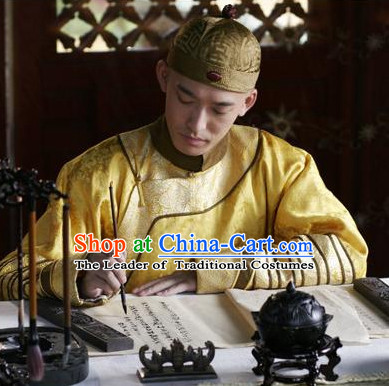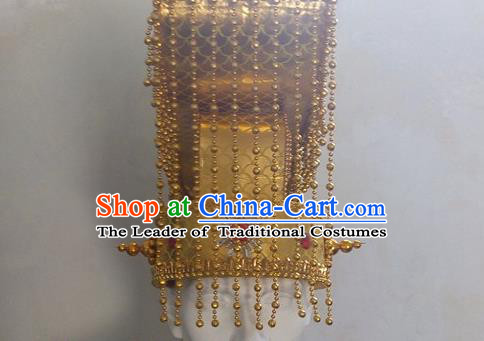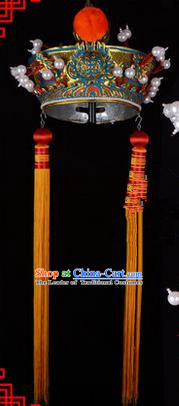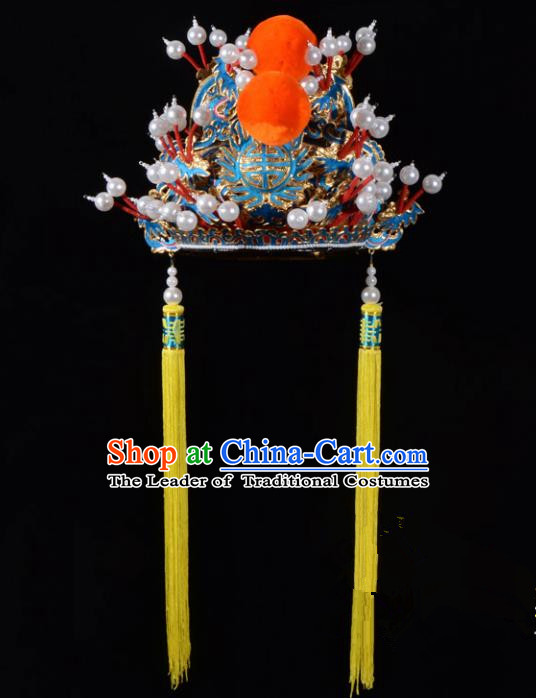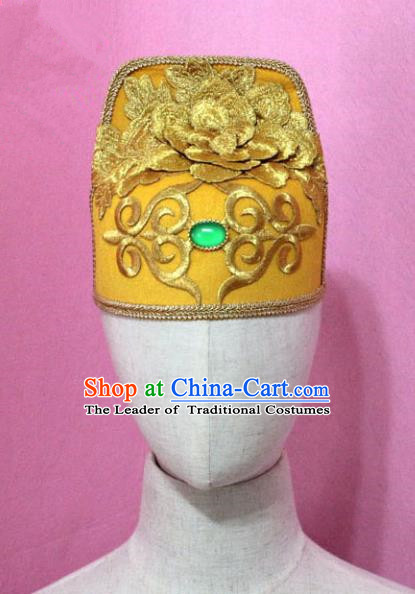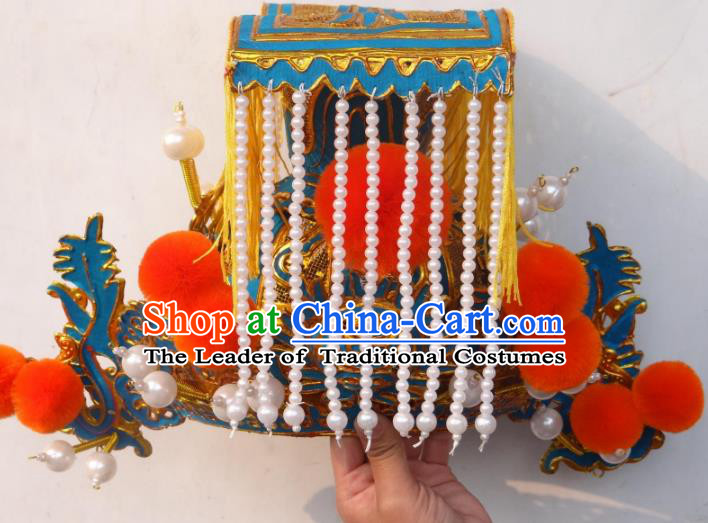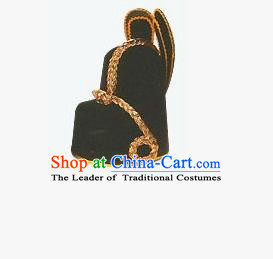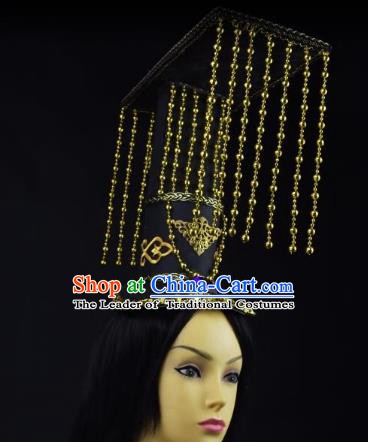
Click Related Pictures for More Audios:
: Chinese imperial costumes and headdresses are an important part of Chinese culture, representing imperial power, dignity, and majesty.
These costumes are usually made of silk, with bright colors and intricate patterns that carry rich symbolic meanings.
They have played important roles not only in history but also in modern society, such as in movies, TV dramas, and stage performances.
The history of Chinese imperial costumes can be traced back to the Qin Dynasty established by Emperor Qin Shi Huang after he unified the six Warring States in 221 BC.
Since then, Chinese emperors began wearing unique costumes to display their power and status.
Over time, these costumes evolved into a unique art form that incorporated elements of religion, philosophy, and history.
Chinese imperial costume design places great emphasis on detail and craftsmanship.
For example, the Dragon Robe is typically made of multiple layers of fabric and embroidered with golden dragon patterns.
This design aims to emphasize the emperor's authority and noble status.
In addition, headdresses are also an important part of the ensemble, often made of jewels, jade, and metals.
These headdresses are usually matched with the Dragon Robe to enhance the overall visual effect.
In addition to playing an important role in Chinese history, Chinese imperial costumes and headdresses have also had an impact on cultures in other parts of the world.
For example, the Imperial Court Dress of Japan was influenced by Chinese imperial costumes.
Furthermore, many Western countries have drawn inspiration from Chinese imperial costumes to create their own royal attire styles.
In conclusion, Chinese imperial costumes and headdresses are an important part of Chinese culture, representing imperial power, dignity, and majesty.
They have played important roles not only in history but also in modern society.
By appreciating these exquisite works of art, we can better understand the richness and diversity of Chinese culture.








